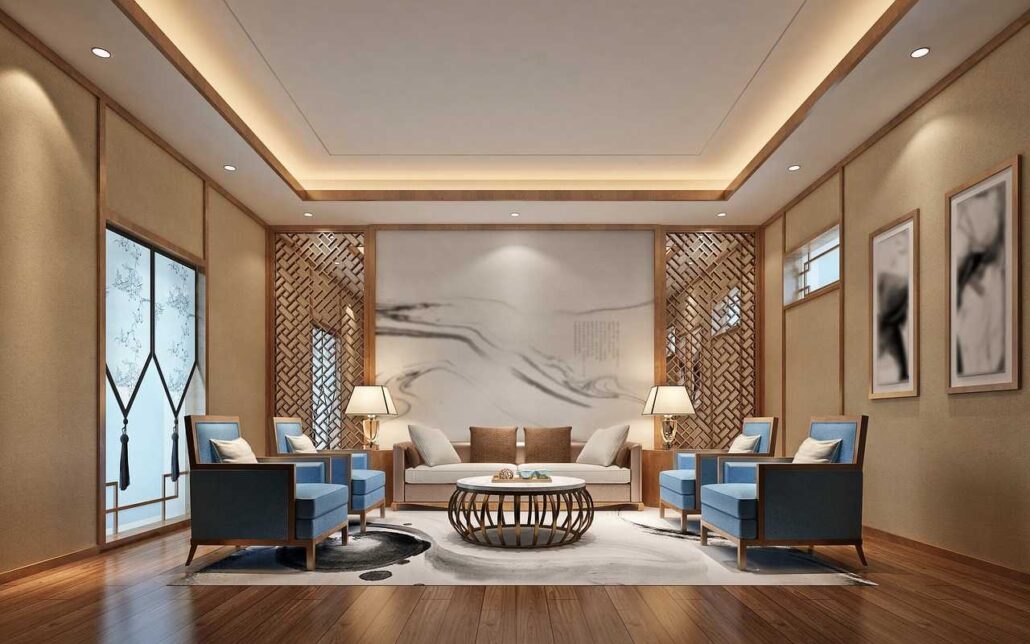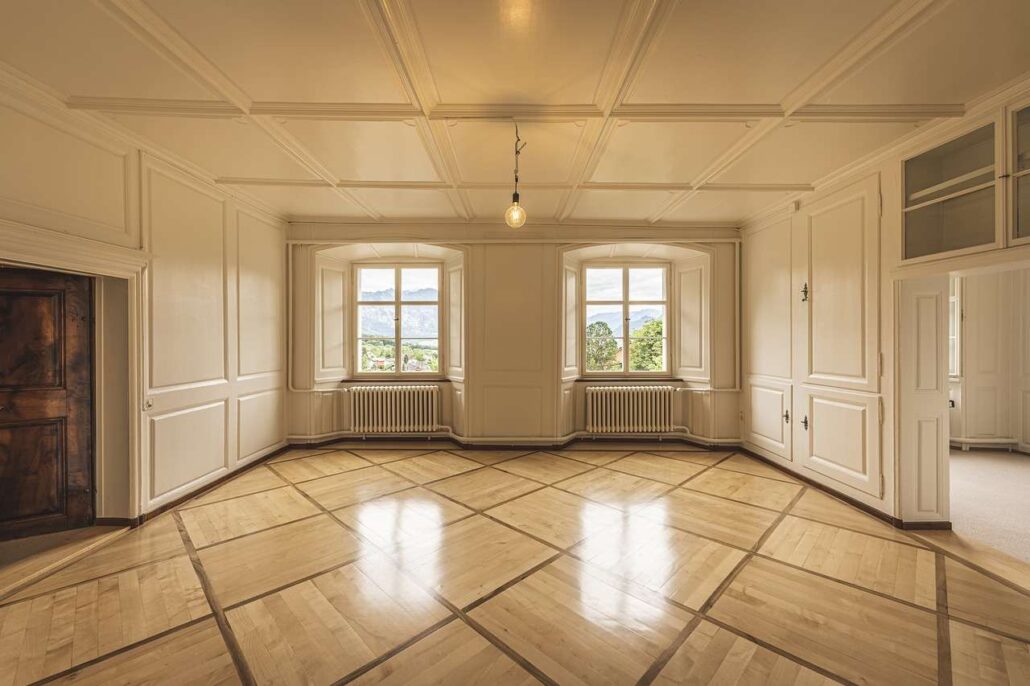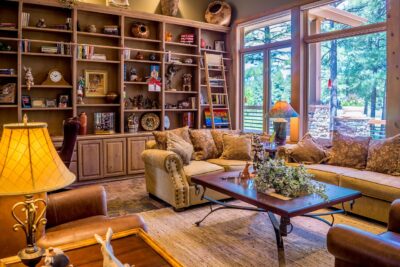
How to Retrofit Old LED Fixtures with Modern Covers
How to Retrofit Old LED Fixtures with Modern Covers By Aman | Updated on April 15th 2025 LED lighting has pretty much taken over the
Home » Top Considerations When Selecting Ceiling Light Covers
Ceiling light covers are an essential yet often overlooked component of interior design. They not only protect light bulbs and fixtures but also significantly influence the ambiance and lighting quality of a room. Whether you’re updating your space or starting fresh, choosing the right ceiling light cover can have a transformative impact.
This guide explores everything you need to know about ceiling light covers. From their aesthetic and practical benefits to a detailed breakdown of factors to consider, you’ll find actionable advice to help you make the best decision.
One of the primary reasons homeowners and interior designers prioritize ceiling light covers is their ability to elevate a room’s aesthetics. These covers come in various shapes, styles, and finishes, allowing you to match them with your decor effortlessly. Whether your style is modern minimalism or vintage charm, the right ceiling light cover can serve as a focal point.
For instance:
In many cases, these covers can transform a mundane fixture into a stylish centerpiece, making them an indispensable tool in interior design.
While aesthetics are crucial, the functional benefits of ceiling light covers cannot be understated:

Selecting the right ceiling light cover involves evaluating several key factors. Here’s a breakdown to help guide your decision:
The material of a ceiling light cover significantly impacts its durability, aesthetics, and lighting effect. Here’s a closer look at common materials:
When selecting light covers, consider the room’s requirements. For example, a bathroom might benefit from a moisture-resistant acrylic cover, while a dining area could be enhanced with an elegant glass design.
The design of a light cover directly influences the room’s ambiance. Popular styles include:
When picking light covers, align the style with your room’s decor. For instance, a modern home might pair well with sleek, minimalist designs, while a traditional space could benefit from ornate patterns.
Ensuring a proper fit is crucial when selecting a ceiling light cover. Here’s how to get it right:
Common mistakes in light cover selection include purchasing covers that are too large or too small, leading to poor fit and compromised functionality.
The primary function of a light cover is to diffuse light evenly across a room. Different designs affect light diffusion in unique ways:
Energy efficiency is an increasingly important consideration. Ceiling light covers that optimize light diffusion can reduce the number of bulbs needed, saving energy and lowering utility bills. Pairing these covers with energy-efficient bulbs, like LEDs, further enhances sustainability.
For an eco-conscious choice, look for covers made from recycled or sustainable materials that minimize environmental impact.
Your budget will likely influence your options. While premium materials like glass or custom designs come at a higher cost, they often provide superior durability and aesthetic appeal. Affordable options, such as plastic or standard designs, can still offer functionality and style.
When budgeting for light cover selection, prioritize quality and long-term value over short-term savings.

The first step in how to choose light covers is assessing your specific requirements. Consider the following:
A comprehensive light cover guide can provide invaluable insights, from understanding the types of covers available to learning about proper installation techniques. Consulting experts or using online resources ensures you make informed decisions aligned with your goals.
When selecting ceiling light covers, avoid these pitfalls:
Selecting the right ceiling light cover is an essential part of creating a well-lit and visually appealing space. By considering factors like material, size, design, and energy efficiency, you can choose a cover that not only fits your fixture but also enhances the overall ambiance of your room. Thoughtful choices in light covers can bring a balance of style, functionality, and durability to any area.
For those exploring options, Fluorolite offers high-quality solutions to meet various needs. Whether replacing outdated covers or upgrading to something more modern, a trusted source can guide you toward the ideal fit. Take the time to assess your requirements, explore tailored solutions, and make a choice that elevates your home’s lighting experience.
Ceiling light covers enhance both the functionality and aesthetics of a room. They protect bulbs from dust, moisture, and damage while diffusing light evenly to reduce glare and create a comfortable atmosphere.
Measure the diameter and mounting type of your light fixture to ensure compatibility. Double-check product specifications to match the cover with your fixture’s dimensions.
Yes, light covers designed for optimal diffusion can reduce the number of bulbs needed to achieve desired brightness. Pairing them with LED or energy-efficient bulbs further lowers energy consumption.
Focus on:
Glass covers require regular cleaning to maintain their appearance and performance, but the effort is often worth it for their elegant look and superior light diffusion.
Most ceiling light covers are easy to install with basic tools and instructions. However, ensure you follow the manufacturer’s guidelines to avoid damage or improper fitting.
Avoid:
Yes, some light covers are made from recycled or eco-friendly materials, which are ideal for environmentally conscious homeowners.

How to Retrofit Old LED Fixtures with Modern Covers By Aman | Updated on April 15th 2025 LED lighting has pretty much taken over the

How to Prevent Yellowing and Cracks in LED Fixture Lenses By Aman | Updated on April 15th 2025 You’ve probably seen it before—those once-clear LED

How to Choose LED Fixture Lenses for Harsh Industrial Environments By Aman | Updated on April 8th 2025 Ever stepped into a factory or a
"We've Got You Covered" and Trace n'Fax are Registered Trademarks of Fluorolite Plastics, LLC. © 2011-2024 All rights reserved Fluorolite Plastics